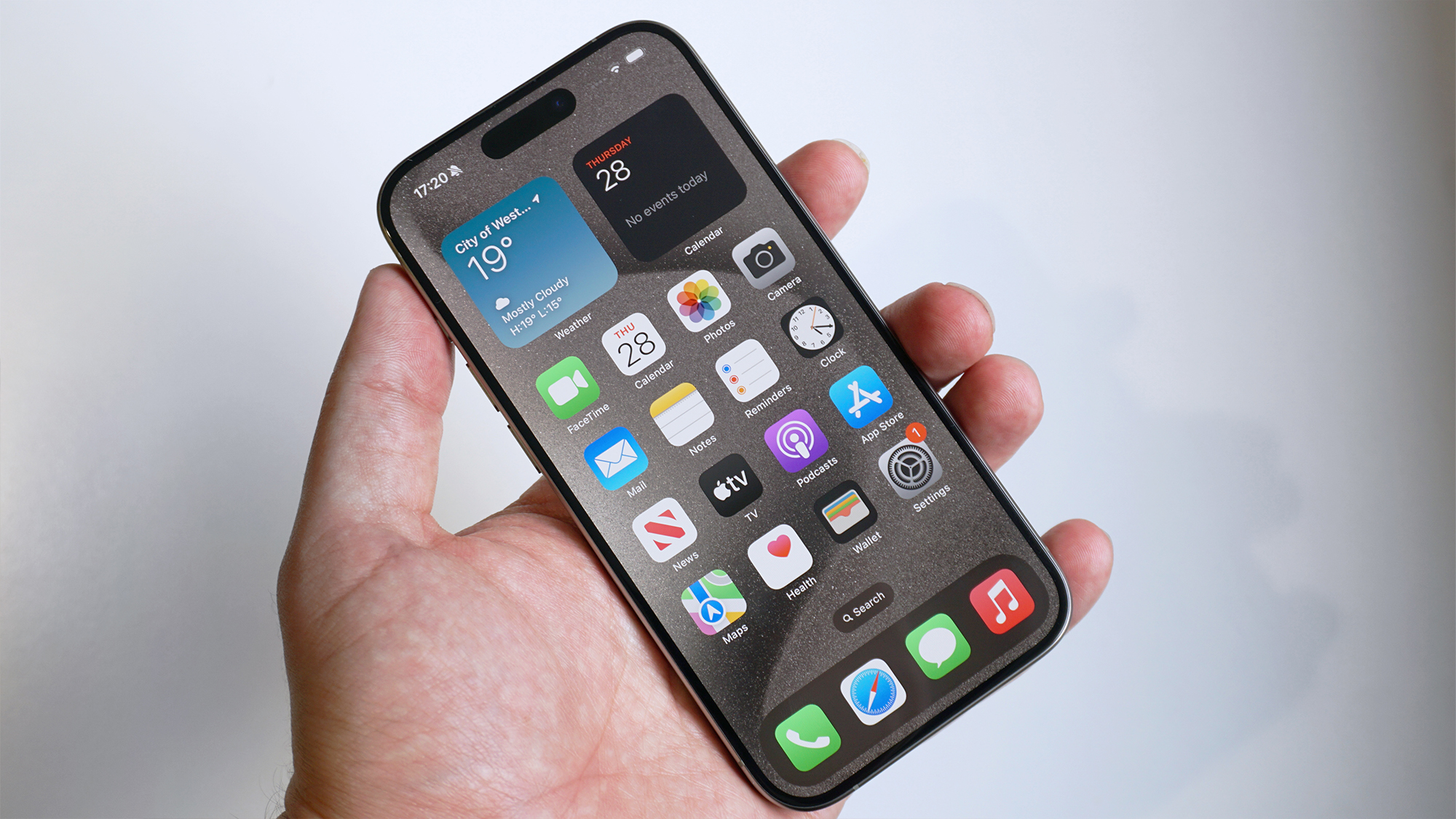The iPhone 16 Pro’s chipset could be designed with AI in mind
For less reliance on the cloud

It looks increasingly like Apple is going big on AI with the iPhone 16 line, as following reports that the iPhone 16 might have additional RAM and storage to help with AI, we’re now hearing that the A18 Pro chipset expected in at least some iPhone 16 models will be designed to boost on-device AI.
This is according to an analyst note by Jeff Pu at Haitong International Tech Research, seen by 9to5Mac. Pu says the A18 Pro “will feature a larger die area (compared to A17 Pro), which could be a trend for edge AI computing.”
Edge AI refers to carrying out AI tasks on the phone itself, rather than in the cloud, which is beneficial since it can be faster and doesn’t require an internet connection.
However, as 9to5Mac notes, increasing the die area of the chipset to achieve this can have a negative impact on energy efficiency and heat dissipation, so it could come with some downsides.
Built for AI in more than one way
This chipset change – if true – might not be the only way the A18 Pro is designed with AI in mind, as we previously heard that the A18 Pro might also have more cores for its Neural Engine than the A17 Pro.
We’re expecting the A18 Pro to be used in the iPhone 16 Pro and the iPhone 16 Pro Max, but some reports suggest the A18 Pro might also be used in the standard iPhone 16 and the iPhone 16 Plus, so it’s possible that all four upcoming phones will have an AI-focused chipset.
However, while it sounds like Apple is working hard on AI-focused hardware, it might leave some of the software to Google, as reports suggest that Apple may use Google Gemini to power some of the iPhone 16’s AI features.
Get daily insight, inspiration and deals in your inbox
Sign up for breaking news, reviews, opinion, top tech deals, and more.
We should find out for sure in September, as that’s when the iPhone 16 line will likely launch.
You might also like
- Best iPhone: which Apple smartphone reigns supreme?
- iPhone 16: release date speculation, latest leaks, price predictions and more
- iPhone 15 Pro Max review: the best just got better
James is a freelance phones, tablets and wearables writer and sub-editor at TechRadar. He has a love for everything ‘smart’, from watches to lights, and can often be found arguing with AI assistants or drowning in the latest apps. James also contributes to 3G.co.uk, 4G.co.uk and 5G.co.uk and has written for T3, Digital Camera World, Clarity Media and others, with work on the web, in print and on TV.